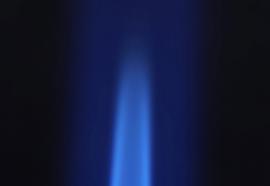Hedging Under Scrutiny
Planning ahead in a low-cost gas market.
IIt’s ironic that in today’s market, as the cost of hedging against commodity price increases has declined, support for utility hedging programs has sunk to a historic low. The ideal time to hedge is when prices are low and markets are relatively calm, because that’s when hedging costs and risks are the lowest. Conversely, waiting until prices rise and markets become volatile will expose customers to higher costs. Convincing regulators to approve hedging programs now will require a collaborative approach to educating and enlisting support from stakeholders.





